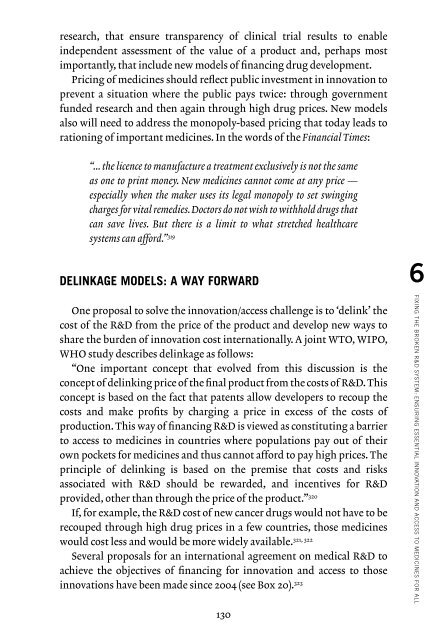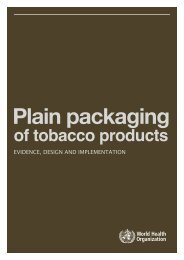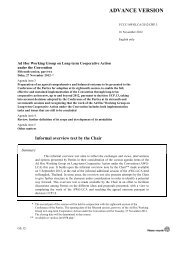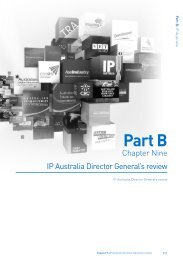PRIVATE PATENTS AND PUBLIC HEALTH
private-patents-and-public-health
private-patents-and-public-health
Create successful ePaper yourself
Turn your PDF publications into a flip-book with our unique Google optimized e-Paper software.
esearch, that ensure transparency of clinical trial results to enable<br />
independent assessment of the value of a product and, perhaps most<br />
importantly, that include new models of financing drug development.<br />
Pricing of medicines should reflect public investment in innovation to<br />
prevent a situation where the public pays twice: through government<br />
funded research and then again through high drug prices. New models<br />
also will need to address the monopoly-based pricing that today leads to<br />
rationing of important medicines. In the words of the Financial Times:<br />
“… the licence to manufacture a treatment exclusively is not the same<br />
as one to print money. New medicines cannot come at any price —<br />
especially when the maker uses its legal monopoly to set swinging<br />
charges for vital remedies. Doctors do not wish to withhold drugs that<br />
can save lives. But there is a limit to what stretched healthcare<br />
systems can afford.” 319<br />
DELINKAGE MODELS: A WAY FORWARD<br />
One proposal to solve the innovation/access challenge is to ‘delink’ the<br />
cost of the R&D from the price of the product and develop new ways to<br />
share the burden of innovation cost internationally. A joint WTO, WIPO,<br />
WHO study describes delinkage as follows:<br />
“One important concept that evolved from this discussion is the<br />
concept of delinking price of the final product from the costs of R&D. This<br />
concept is based on the fact that patents allow developers to recoup the<br />
costs and make profits by charging a price in excess of the costs of<br />
production. This way of financing R&D is viewed as constituting a barrier<br />
to access to medicines in countries where populations pay out of their<br />
own pockets for medicines and thus cannot afford to pay high prices. The<br />
principle of delinking is based on the premise that costs and risks<br />
associated with R&D should be rewarded, and incentives for R&D<br />
provided, other than through the price of the product.” 320<br />
If, for example, the R&D cost of new cancer drugs would not have to be<br />
recouped through high drug prices in a few countries, those medicines<br />
321, 322<br />
would cost less and would be more widely available.<br />
Several proposals for an international agreement on medical R&D to<br />
achieve the objectives of financing for innovation and access to those<br />
innovations have been made since 2004 (see Box 20). 323<br />
130<br />
6<br />
FIXING THE BROKEN R&D SYSTEM: ENSURING ESSENTIAL INNOVATION <strong>AND</strong> ACCESS TO MEDICINES FOR ALL






